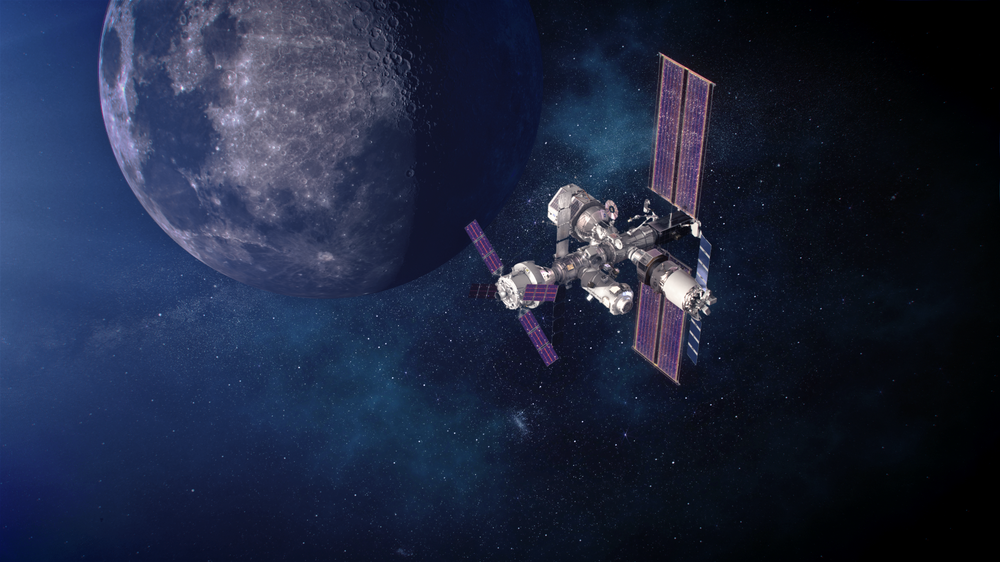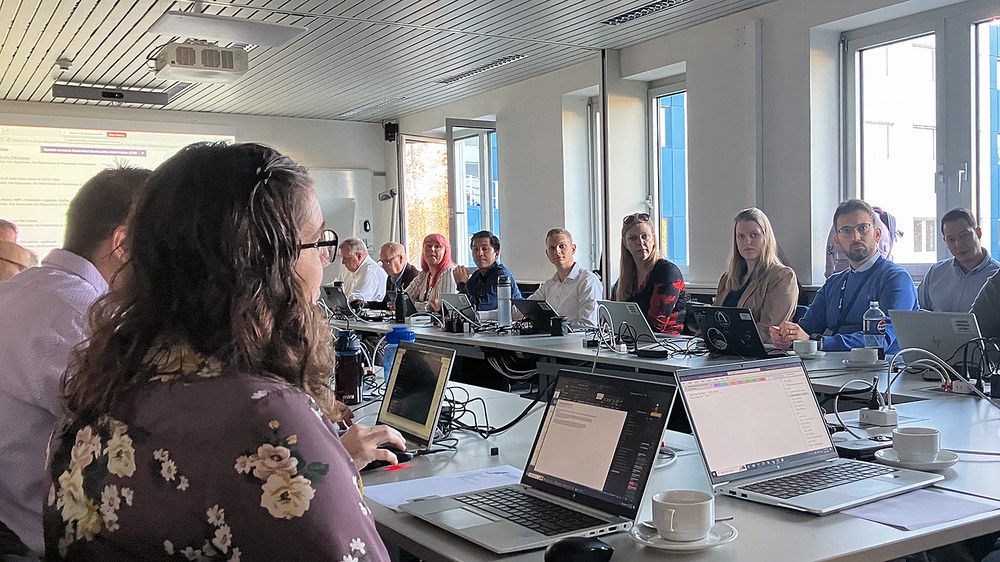Preparations for the Lunar Gateway – Oberpfaffenhofen plans for the Moon

ESA
Whenever I guide a group of visitors through the Columbus Control Centre at the DLR site in Oberpfaffenhofen, there is one line that's always part of my standard repertoire: "You cannot overestimate the amount of paperwork in the control room." It doesn't sound particularly sexy, but human spaceflight is incredibly complex, involving so many parties and requiring careful consideration of numerous factors for every single decision. It's essential to document, write down, sign-off and coordinate everything. Ultimately, enormous assets, great prestige and even the lives of astronauts are at stake.

Last week, the US space agency NASA was our guest, to do in person what we normally handle via video conferencing: clarifying what we need to document in the future to be able to collaborate effectively on operating the Lunar Gateway. The Lunar Gateway is a planned, permanent habitation and research station that, as part of the Artemis programme, will explore our Moon. The European Moon Control Centre is to be set up here in Oberpfaffenhofen.
So, we will be directly involved in the next lunar missions: for the Artemis II flight around the Moon next year – this time with an astronaut crew – data will already be running through our systems. The Cologne team at the European Astronaut Centre (EAC) will contribute to this mission with a medical app onboard, as well as during the first Moon landing with Artemis III the following year. Then, the Lunar Gateway will be assembled in lunar orbit – from Oberpfaffenhofen, we will operate the two European modules, a lunar communication terminal and several experiments – all in close collaboration, particularly with NASA.
Our meetings were only marginally concerned with the technical aspects. Instead, we focused on questions like: "What flight rules do we need?", "How do we regulate which data products can be obtained by whom?", "How can we formally determine flight readiness?" It was certainly quite dry and exhausting, but there was an underlying sense of excitement in the meeting room that drives us all: We are all working together right now to put humans back on the surface of the Moon! And that is, once again, "extremely sexy".
Related links
Tags:
